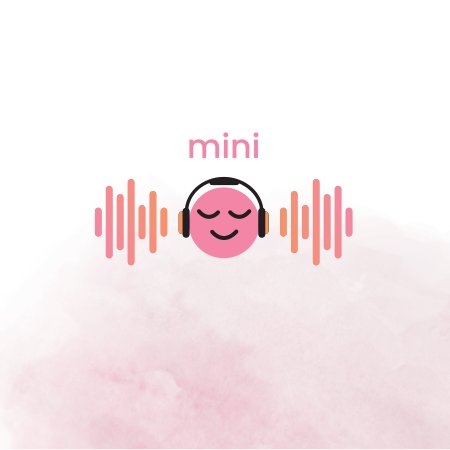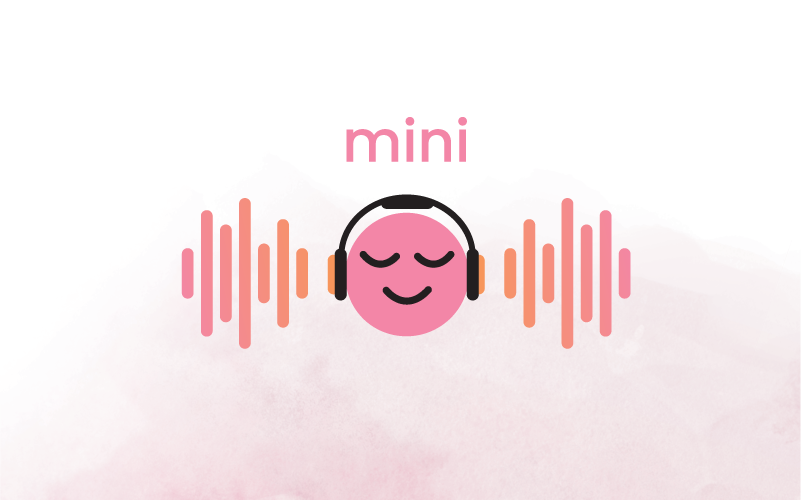Expressing Emotions in a Productive Way
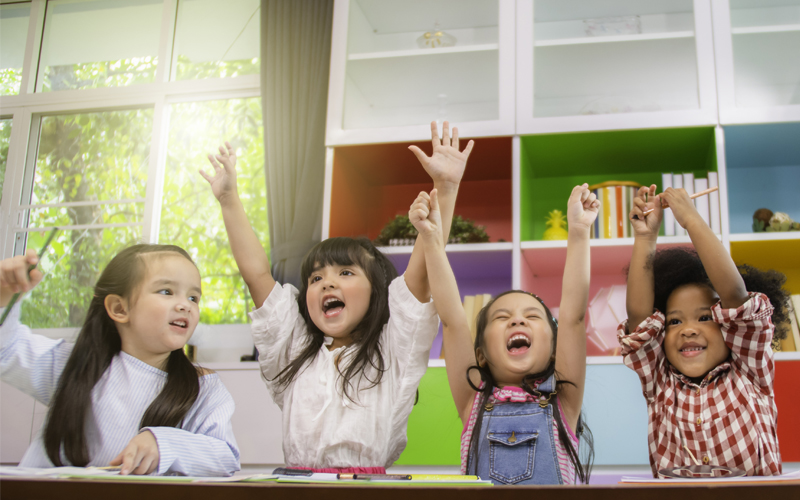
Every emotion has a purpose. Some emotions may feel intense, while others vary in comparison. Instead of trying to manipulate or change emotions, consider the response. Often, the way we respond to our emotions raises more difficulties than the emotion itself. Research shows that mindfulness reduces anxiety, stress, and burnout for both students and teachers (Jennings, Lantieri, & Roeser, 2012), setting behavior and academic outcomes on successful paths.
In order to use our emotions in a productive way, we can cultivate emotional regulatory strategies that are individualized for each student or teacher. Using mindfulness tools like body scans or deep breathing exercises will help us to have clearer minds as we deal with what happens next (Vanderbilt University Center for Teaching, n.d.). When we use these skills, it becomes easier to take our inner lives and turn them into something actionable.
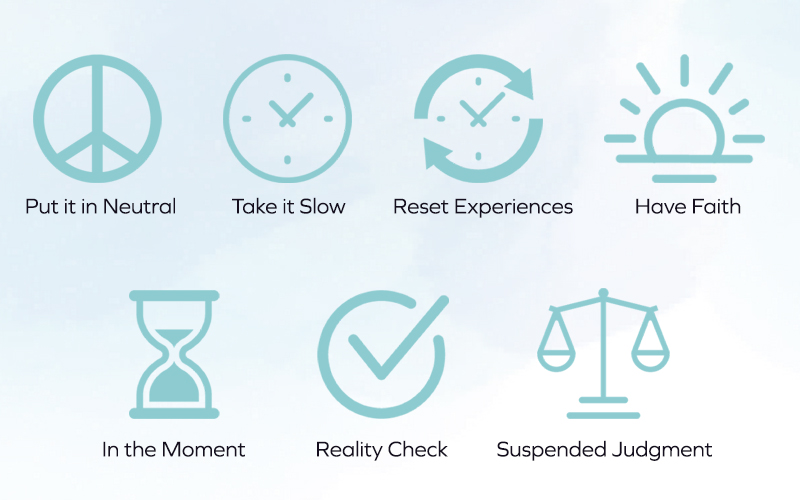
Using Mindfulness to Express Emotions
Mindfulness fosters the understanding that emotions are natural experiences. All emotions are purposeful and meant to tell us something about ourselves. Using mindfulness techniques helps both teachers and students to stay in control of their emotions and balanced and focused on the present moment. When practicing how to respond productively to emotions, consider these mindfulness tools:
- Put it in neutral. When strong feelings arise, hitting the reset button can be helpful to parents, students, and teachers. Assess the way that you are feeling, and ask authentically if the child can identify their inner thoughts and feelings.
- Take it slow. It’s okay to allow tough situations to solve themselves in their own time. Stay present, and let your students know that you are there for them.
- Productive actions. Let your students know that they can take breaks by expressing themselves in productive and meditative ways, such as drawing in their favorite coloring book, wiggling out their body to shake out the tension, or going for a walk. There is always time to return to their feelings without judgment when all parties are ready.
- Reset experiences. Stay attuned to the present situation, and try to see things for the first time.
- Reality check. Take a moment to check in—are our expectations or thoughts the same as what is currently happening? If a student is experiencing a strong or challenging emotion during recess, for example, assess the situation by centering your student and asking them to focus on what they see, touch, or hear.
- Suspend judgment. Staying aware of our body language is important when a child is engaged in difficult feelings or conversations. Release whatever tension has made its way into the body, and reject your expectations of what their experiences or thoughts are.
When we practice mindfulness, we are more aware of our emotions in the moment, and take the time we need to form a productive response. Naming, identifying, and managing our emotions through a mindful lens protects our emotional well-being as well as those around us. Through these tools, it will become easier to respond appropriately and authentically to what students and teachers need in the moment.
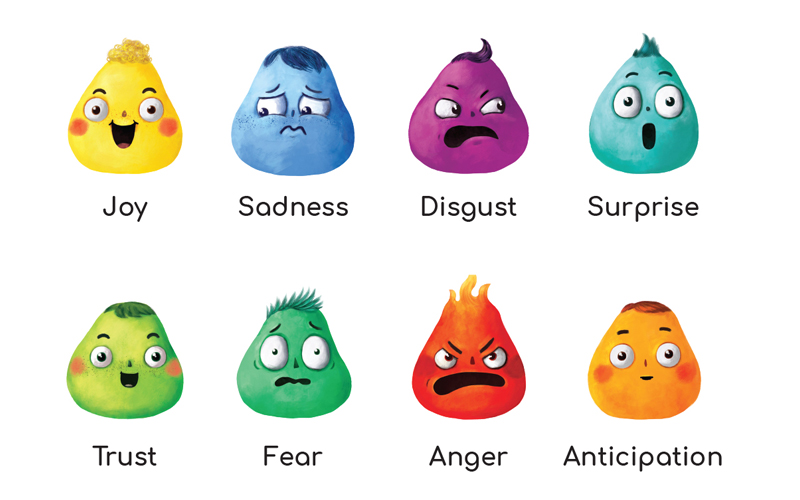
References
Jennings, P., Lantieri, L., & Roeser, R. (2012.). Supporting educational goals through cultivating mindfulness: Approaches for teachers and students. In P. M. Brown, M. W. Corrigan, & A. H. Higgins-D’Alessandro (Eds.), Handbook of Prosocial Education (pp. 371–397). Rowman & Littlefield. https://www.researchgate.net/publication/235324459_Supporting_educational_goals_
through_cultivating_mindfulness_Approaches_for_teachers_and_students
Vanderbilt University Center for Teaching. (n.d.). Difficult dialogues.https://cft.vanderbilt.edu/guides-sub-pages/difficult-dialogues/



